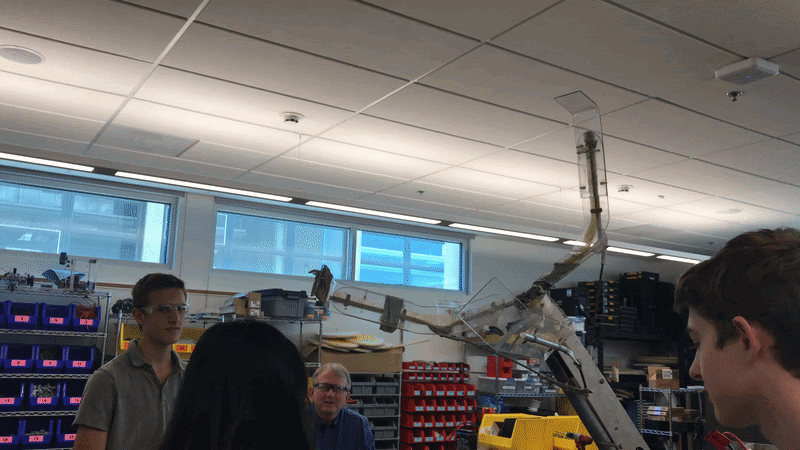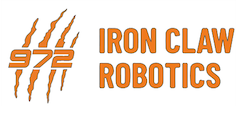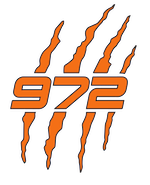Since we secured a finalist position at the Silicon Valley Regional, our team qualified for the World Championships in Houston, Texas, which took place from April 17th to April 20th. In the weeks leading up to the championship, we held a team-wide fundraising effort to meet the high cost of bringing 21 students and a robot across the country.
We ended qualifications with a 5-5-0 record. Overall, we were very satisfied with our experience at the Houston Championship; it was a great opportunity to learn from and compete alongside the best teams in FRC. After Houston, we discussed the Championship as a class and listed some valuable lessons to apply in future years.
After returning from Houston, our team held student leadership elections in order to choose our mechanical director (Brady Ankenbrandt), programming director (Holden Adamec), operations director (Daniel Stulski), and team captains (Cathy Wang and Charles Wang). After presentations from each candidate, a classwide election was held, and the votes were tallied up. Once the new captains and directors were confirmed, they met with the previous year’s captains and directors to decide on subteam leads.

As the school year came to a close, we organized a list of potential summer projects to work on during the break. With the help of some alumni, we were able to get a mechanism on one of our old robots (dubbed “Clawbot”) to work. Some programmers, alumni and students succeeded in opening and closing the intake mechanism in order to catch a game piece from the 2019 FRC game. We also inventoried the supplies for our T-shirt shooter and assembled drivetrain gearboxes for the project. On our 2019 robot, we disassembled the superstructure and made some design changes to the intake in order to prepare for Chezy Champs.
On August 16th, we held our first team meeting of the school year. New members of the team were introduced to the team’s structure and mission statement. Afterwards, we held a design challenge activity in which students built a bridge out of household materials to hold a ball. Students then created presentations on various important aspects of FRC (drivetrains, sensors, electronics, etc.), followed by basic hands-on training, learning soldering, robot operation, hand tools, and rudimentary CAD. Now, students have split off into subteams in order to begin in-depth, advanced technical training.
Former Communications Lead, Stats @ CMU

